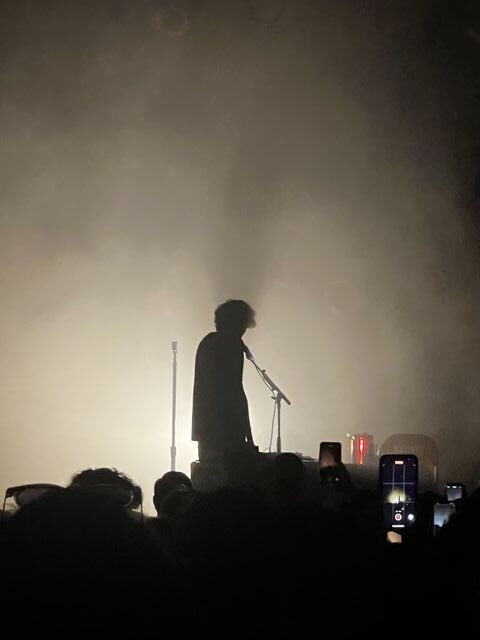Underground Atlanta has long been a vital part of Atlanta’s cultural fabric, having developed from a thriving commercial district in the 19th century into a powerful entertainment district that draws generations young and old. While its historical importance is tied to Atlanta’s social and economic growth, it now stands as one of the top destinations for young people who are looking to experience a mix of historical perspective, nightlife, and artistic energy.
The area that makes up Underground Atlanta was built in-between 1866 and 1871, during Atlanta’s post-Civil War boom. As Atlanta’s population doubled, businesses opened up around the Georgia Railroad Freight Depot, which still stands today as the oldest building in downtown.
In 1910, the district was a huge transportation hub, and iron bridges had been built to serve the traffic. In 1928, the streets were elevated by viaducts, erasing nearly all the original ground-level shops. Most businesses moved to their second stories, and the lower levels were buried under the city.
Under Prohibition, these hidden away streets sheltered speakeasies and jazz clubs. Blues singer Bessie Smith even wrote a song about the district in 1927’s Preachin the Blues, which demonstrates the significance of its night life.
Underground Atlanta was forgotten for decades; however, developers rediscovered the old buildings and transformed the area into a bustling entertainment district. By the 1970s, it was a hot nightlife destination, with bars, restaurants, and clubs that brought in people from all around the state to enjoy themselves.
Beyond its nightlife scene, Underground Atlanta has become a youth-driven hotbed for creativity. It’s where pop-up galleries, street performers and community driven celebrations are commonplace. It’s where graffiti artists show their art, poets recite spoken word pieces or DJs play in dark, fluttering rooms full of strobes.
Underground Atlanta also offers a low-cost alternative to young adults looking to enjoy Atlanta without breaking the bank. The majority of its activities are either free or inexpensive, and the combination of restaurants attracts local college students who are looking for an affordable night to enjoy.
Politically, it has also become a hub for subcultures of students. Punk and hip-hop fans in the 90s, and now today’s goth and rave crowds, have become a haven for those looking to be themselves outside the mainstream society. Club Vampiros, for instance, has emerged as a favorite among Atlanta’s goth and alternative crowds, a venue where people can be themselves without judgment.
While the city keeps making investments into its redevelopment, Underground Atlanta is expected to become an even bigger central hub. New stores, music venues, and artistic establishments continue to emerge, rendering it Atlanta’s premier destination for anyone to indulge in both nightlife and personal expression.



